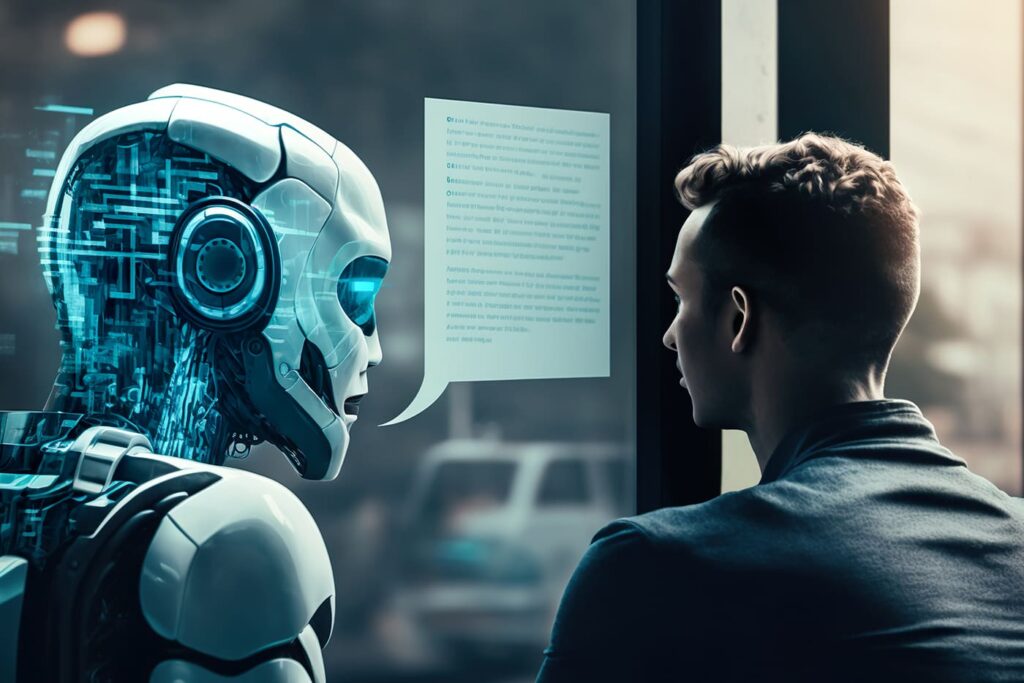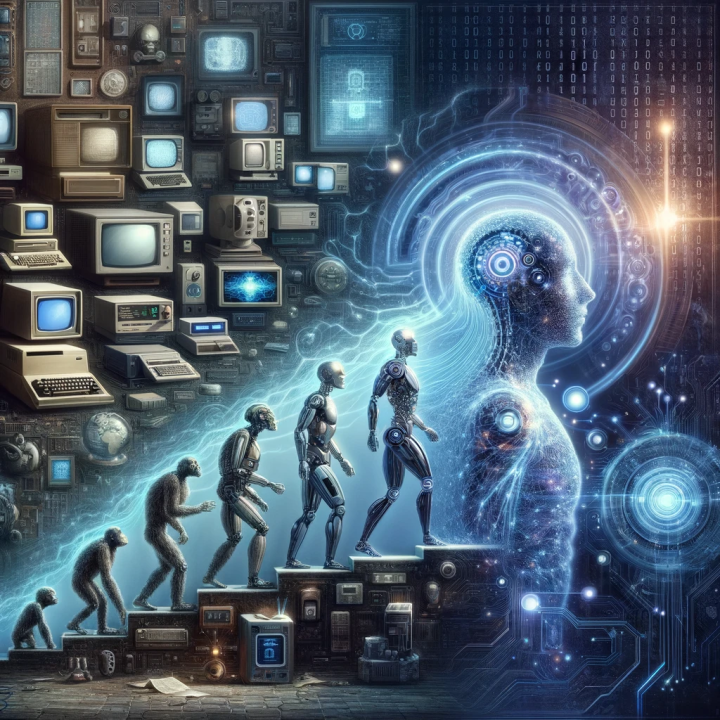
Artificial intelligence (AI) has redefined the boundaries of possibility across industries, with language models like the GPT series fueling rapid advancements. As we move into 2025, the impact of AI becomes increasingly profound, reshaping how we work, create, and interact. This comprehensive guide delves into the core of AI technology, explains the progression of GPT models, and examines the pivotal tech trends set to shape 2025.
Understanding AI Technology: Foundations and Impact
AI refers to the simulation of human intelligence in machines, encompassing machine learning, natural language processing (NLP), computer vision, robotics, and other related fields. These systems can process vast amounts of data, recognize patterns, predict outcomes, and even generate new content. The current wave of AI, powered by deep learning and transformer architectures, has propelled AI into mainstream applications that impact everything from healthcare and finance to entertainment and personal productivity.
Key Features of Modern AI
- Data-Driven Decisions: AI can analyze vast datasets to identify patterns and trends that humans cannot detect at scale.
- Automation: Tasks once thought exclusive to humans—like driving, diagnosing diseases, and composing music—are now within AI’s reach.
- Human-like Reasoning: Large language models (LLMs) and multimodal AI systems can reason, infer, and explain with an adaptability that approaches human intelligence.
The Rise and Evolution of GPT Models
OpenAI’s Generative Pre-trained Transformer (GPT) models represent a landmark achievement in the field of AI. Each iteration of GPT demonstrates dramatic leaps in capability, complexity, and usefulness.
GPT-1: The Beginning
Launched in 2018, GPT-1 marked the dawn of transformer-based language models. With 117 million parameters, it demonstrated the potential for machines to generate coherent text, but was limited in terms of complexity and depth.
GPT-2: The Power of Scale
GPT-2 experienced exponential growth in power, boasting 1.5 billion parameters. This model captured context more effectively, producing more relevant and nuanced text. It gained notoriety not only for its impressive outputs but also for raising concerns over “too real” machine-generated content.
GPT-3: Unprecedented Leap
The jump to GPT-3, with 175 billion parameters, fundamentally shifted what was possible. GPT-3 can generate persuasive essays, write code, compose poetry, and answer complex questions—often indistinguishable from human-written content. Its success popularized AI chatbots and marked the start of generative AI’s widespread adoption.
GPT-3.5: Bridging Promise to Precision
GPT-3.5 brought refinements over GPT-3, increasing the token limit and further tuning conversational abilities.
GPT-4: Multimodal Mastery
GPT-4 expanded input beyond text to include images, making it a large multimodal model (LMM). With enhanced reasoning, context awareness, and clarity, GPT-4 demonstrated substantial improvements in professional and academic benchmarks. For example, where GPT-3.5 lagged in standardized tests, GPT-4 ranked among the top human performers.
GPT-4o and Specialized Variants
GPT-4o (“Omni”) and its “mini” and “nano” variants introduced even more concise and disciplined responses, better-structured explanations, and creative capabilities. Powerful enough to handle images and complex queries, GPT-4 is now at the core of many interactive AI products. Specialized models, such as O3, excel in reasoning-centric tasks, including code generation, scientific research, and data analysis, reflecting a shift toward domain-focused AI agents.
GPT Model Comparison Table
| Model | Year | Parameters | Key Innovation | Typical Use Cases |
|---|---|---|---|---|
| GPT-1 | 2018 | 117 million | Transformer architecture | Text generation, basic NLP tasks |
| GPT-2 | 2019 | 1.5 billion | Contextual understanding | Creative writing, summarization |
| GPT-3 | 2020 | 175 billion | Few/Zero-shot learning | Chatbots, code, essays, storytelling |
| GPT-3.5 | 2021 | ~175 billion | Improved accuracy | Enhanced chat, increased token limit |
| GPT-4 | 2023 | Not public | Multimodal, high reasoning | Complex Q&A, images, academic tasks |
| GPT-4o | 2024+ | Not public | Concise, creative, vision | Live video, file/image analysis |
Major AI Technology Trends for 2025
1. The Rise of Multimodal and Specialized AI
AI in 2025 is rapidly evolving beyond pure text or images to systems that integrate modalities: text, images, audio, and even real-world sensory data. This paves the way for AI assistants that can see, speak, and act in our environments—understanding nuanced contexts like never before. Specialized and smaller language models are gaining traction due to their efficiency and task-specific performance, thereby reducing costs and boosting accessibility.
2. Agentic AI and Autonomous Agents
“AI agents”—self-directed, goal-oriented software that can automate complex workflows—are revolutionizing the way work is done. Future AI agents won’t just answer questions, but will also perform tasks such as booking appointments, managing projects, or orchestrating end-to-end business operations. Expect to see more autonomous systems in everyday applications, from home automation to enterprise logistics.
3. Generative AI Everywhere
The widespread use of generative AI, from text and image creation to video synthesis and music composition, is unleashing a new era of creativity. Businesses are integrating generative AI tools into their workflows to automate marketing, content creation, design, and even customer service, resulting in personalized products and enhanced engagement.
4. AI in the Cloud and Edge
Cloud-based AI, especially large language models, is becoming routine. Simultaneously, advances in custom silicon (like specialized AI chips) are making it feasible to deploy powerful AI models at the edge—in smartphones, IoT devices, and even wearables—enabling faster, private, on-device intelligence.
5. Responsible, Safe, and Interpretable AI
With great power comes responsibility. There’s a significant push toward developing ethical, accountable, and transparent AI. Organizations are investing in frameworks for auditing AI decisions, minimizing bias, ensuring privacy, and building trust with end-users. Regulatory pressure and growing awareness make this not just important but mandatory.
6. AI for Scientific Discovery and Healthcare
AI-driven reasoning and data analysis are accelerating discovery in fields such as drug design, material science, and genomics. Healthcare providers are leveraging AI for diagnostic precision, virtual care, and operational efficiency, pushing the boundaries of personalized medicine.
7. Democratization of AI Skills
AI tools are becoming more user-friendly, empowering non-coders and domain experts to build, customize, and deploy AI models. This broad access is predicted to fuel a surge in AI-driven entrepreneurship, creativity, and innovation in previously inaccessible fields.
Conclusion
In 2025, AI technology is characterized by the democratization of advanced, multimodal, and specialized intelligence. The GPT series exemplifies this journey—from simple text predictors to highly capable, context-aware, multimodal agents powering novel experiences. As generative AI, agentic systems, and responsible AI shape global trends, society stands at the threshold of a future defined not just by smarter machines but by new opportunities to solve complex human challenges.
Various Sources



